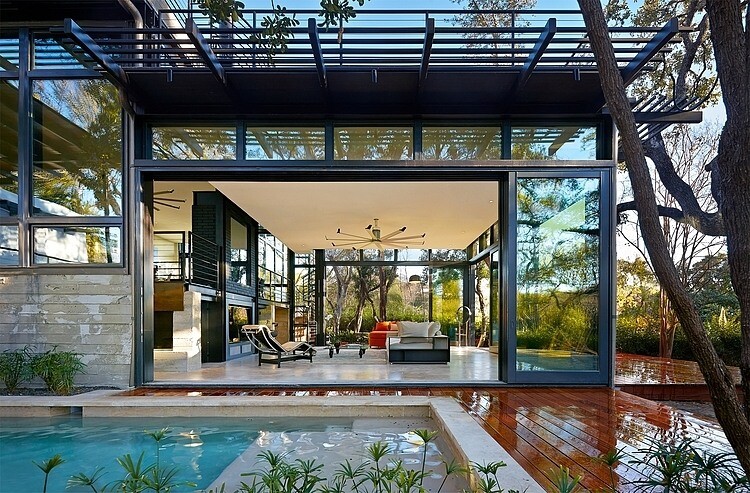Imagine a huge window, like a picture frame, showcasing the view outside as a dynamic work of art—that’s the charm of a picture window. With no complicated window grids and no ability to open, it brings sunlight, greenery, or distant mountains into your home in the purest way, transforming your space into a “gallery of views.” If you’re considering renovating or remodeling your home, this sleek and elegant design might just be what you need. Let’s dive into the world of picture windows.
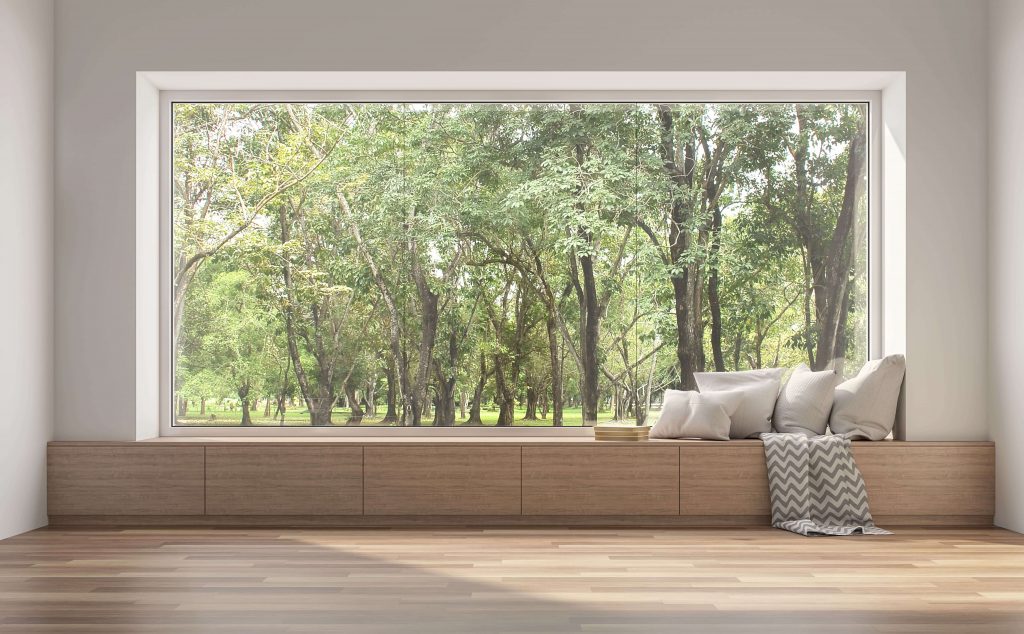
What is Meant by Picture Window?
A picture window is a large, (non-operable) fixed window designed to provide an unobstructed view of the outdoors, much like a framed picture. These picture windows are typically rectangular and lack dividers (muntins) to maximize visibility. They are often used in living rooms, dining areas, or anywhere homeowners want to highlight a scenic outdoor view.
Key Features:
Fixed design – Does not open or close.
Large glass area – Minimal framing for maximum natural light and views.
Energy-efficient options – Modern versions often have Low-E glass to reduce heat transfer.
Custom shapes available – While rectangular is most common, some picture windows come in arches, circles, or other custom designs.
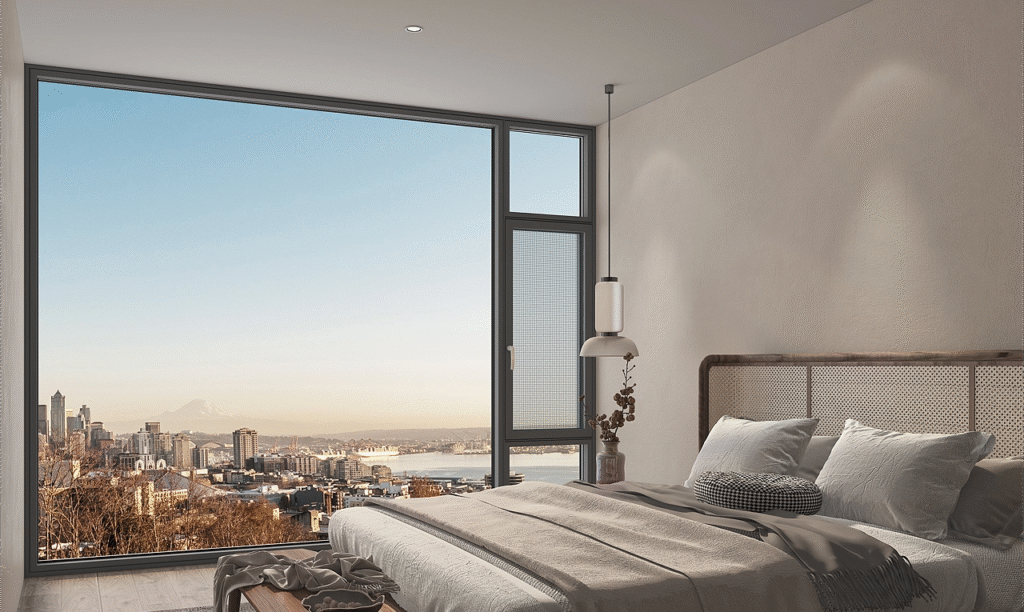
 More Concerns
More Concerns
Are Picture Windows in Style?
Yes, picture windows are still very much in style, especially in modern and contemporary homes. Their clean, expansive design makes them a timeless choice for maximizing natural light and showcasing beautiful outdoor views. They work particularly well in scenic locations, open-concept living spaces, and minimalist designs. Current trends favor large, floor-to-ceiling picture windows with slim or black frames for a sleek look, often paired with operable windows for ventilation. While they may not suit every architectural style, their simplicity and focus on unobstructed views keep them a popular and stylish option in today’s home designs.
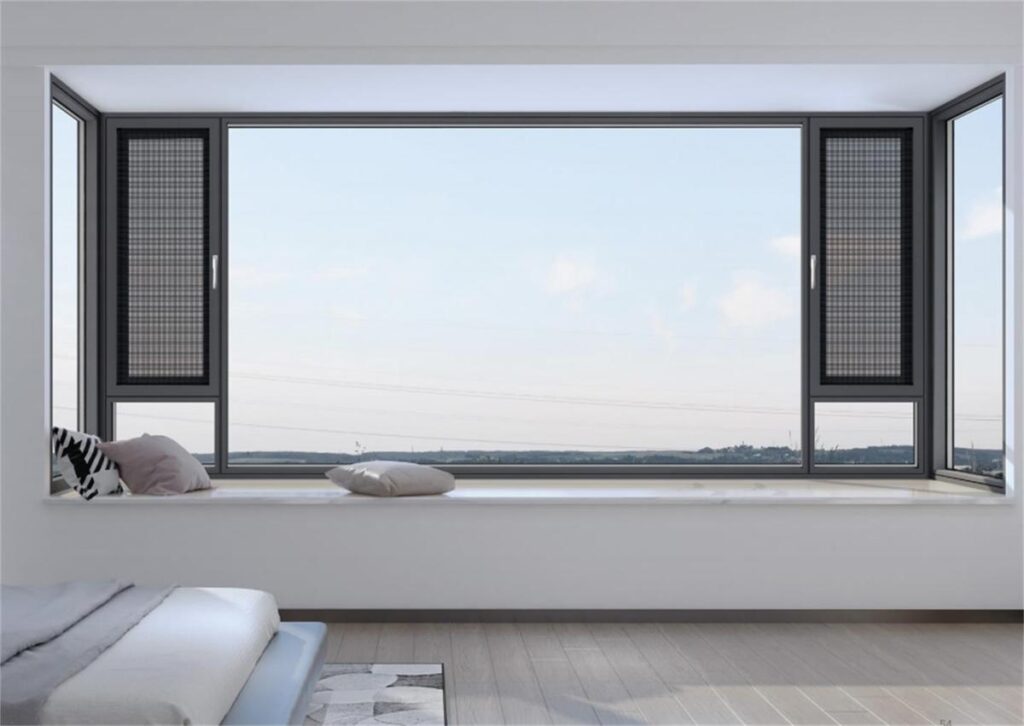
How Much Does a Picture Window Cost?
The average cost to replace a picture window is between $250 and $1,500 per window, with installation fees adding another $800 to $300.
Additional costs such as custom framing, energy-efficient glass options, and intricate designs can further affect the total price. For example, using double or triple-pane glass for better insulation and energy efficiency will increase the price. Additionally, installation costs depend on your location, the complexity of the job, and whether any structural modifications are needed to accommodate the window.
Average Cost of Picture Windows(By Sizes)
| Window Size | Price Range (USD) |
|---|---|
| 24" x 36" | $120 – $300 |
| 36" x 48" | $240 – $600 |
| 36" x 60" | $300 – $750 |
| 48" x 60" | $400 – $1,000 |
| 72" x 72" | $720 – $1,800 |
What Are the Pros and Nons of Picture Windows?
Picture windows are a stunning design choice, but like any feature, they come with trade-offs. Here’s a balanced look at their advantages and drawbacks to help you decide:
Advantages of Picture Windows
Unbeatable Views
Their large, uninterrupted glass acts like a “living painting” of your outdoors, ideal for homes with scenic landscapes.
Natural Light
Floods your space with sunlight, reducing the need for artificial lighting and creating an airy, open feel.
Energy Efficiency
Modern options with Low-E glass and tight seals help insulate better than older designs, cutting heating/cooling costs.
Low Maintenance
No moving parts means fewer mechanical issues (no window hinges, locks, or screens to fuss with).
Security
Their minimalist look complements modern, farmhouse, and even traditional styles, especially with slim black or metal frames.
Disadvantages of Picture Windows
No Ventilation
Since they don’t open, you’ll need to pair them with operable windows (like casements or sliders) for airflow.
Limited Placement
Best for rooms where views matter (e.g., living rooms). In small or privacy-sensitive spaces (bathrooms, bedrooms), they may feel impractical.
Potential Glare/Heat
Direct sunlight can cause overheating or fading of furniture—consider tints or strategic shading.
Higher Cost
Large custom sizes or high-performance glass can be pricier than standard windows.
Security Trade-Off
While tempered glass is strong, a fixed window can’t serve as an emergency exit.
What are the Standard Sizes of Picture Windows?
The standard sizes of picture windows can vary based on the manufacturer, but they typically range in width from 2 feet to 8 feet and in height from 3 feet to 6 feet. Some manufacturers offer custom sizes, allowing for even larger or smaller windows depending on your needs.
Here are some common standard sizes for picture windows:
| Size (inches) | Common Usage |
|---|---|
| 24" x 36" | Small spaces, accent windows |
| 48" x 48" | Standard living room or bedroom |
| 60" x 60" | Common in larger rooms or as a focal point |
| 72" x 72" | Large spaces with expansive views |
| 96" x 72" | Ideal for maximizing light and views in open areas |
How to Choose the Right Picture Window for Your Home?
When choosing the right picture window, you’ll want to consider several factors:
- Size: Make sure the window fits well within the space and complements the overall room design. Larger picture windows can create a grand, panoramic effect, while smaller windows work better for more modest spaces.
- Style:The frame material should match your home’s style. For example , a wooden frame fits perfectly in a traditional home, while a sleek aluminum frame may suit modern homes better.
- Location: Think about where the window will be placed. Picture windows are often used in living rooms or dining rooms, but they can also be used in bedrooms with a great view.
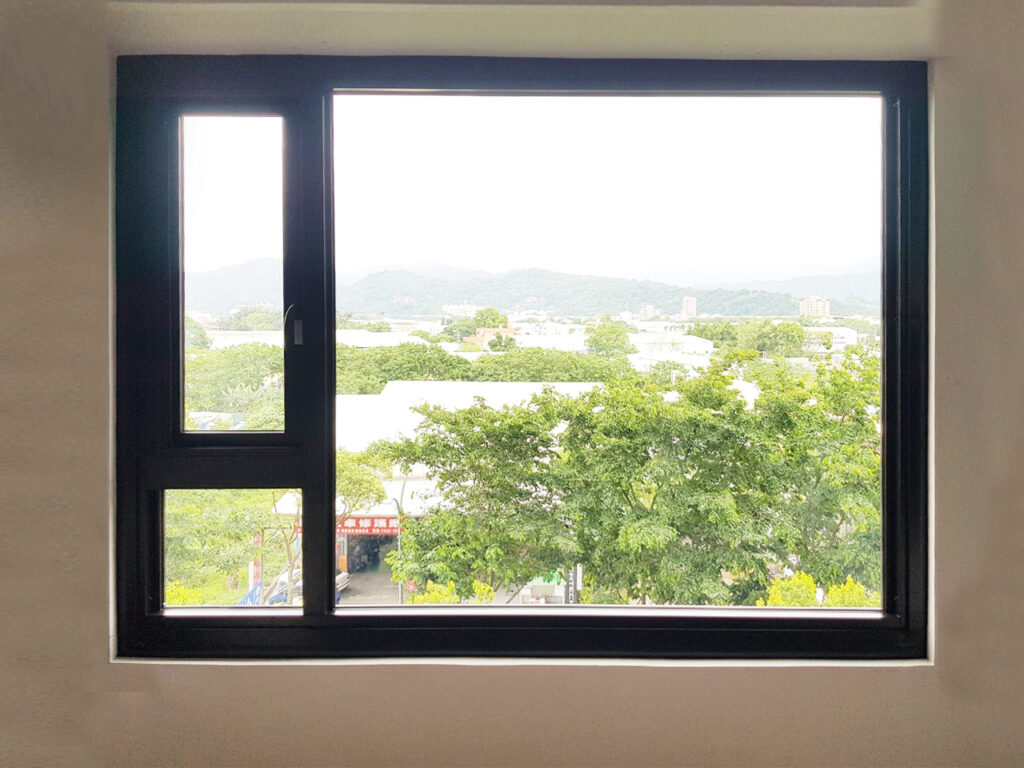
Can You Install a Picture Window Yourself?
While some homeowners may attempt a DIY installation, it’s not recommended unless you have extensive experience. Picture windows are large and require precise measurements, structural support, and weatherproofing to function correctly.
How to Maintain and Clean Picture Window?
Maintaining a picture window involves simple tasks like cleaning the glass regularly to keep the views clear. Use a mild glass cleaner and a soft cloth to avoid scratching the surface. If you have double or triple-pane glass, inspect the seals periodically to ensure there are no air leaks.
Are Picture Windows More Energy Efficiency?
One of the most attractive features of picture windows is their ability to improve energy efficiency. Because they don’t open, there are fewer gaps for air to leak in and out. Combined with double or triple-pane glass, they can keep your home warm in winter and cool in summer, reducing the need for heating and air conditioning.
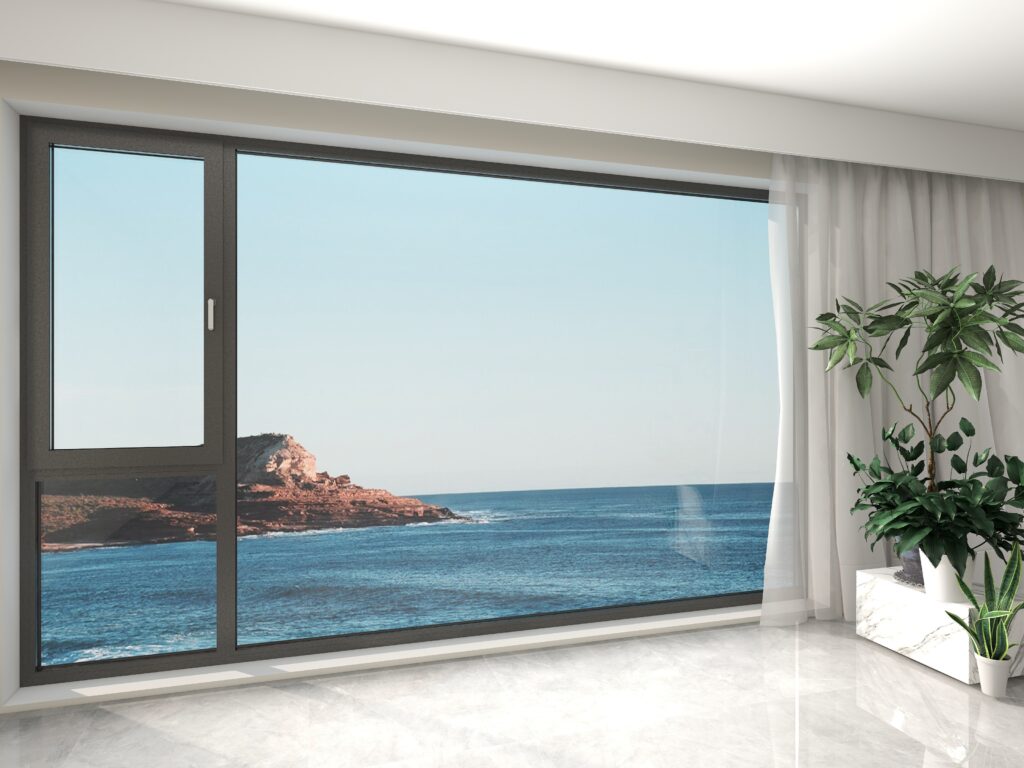
How to Find the Best Picture Windows for Replacement?
When replacing your picture windows, PA Home provides an excellent choice that combines both style and functionality. Consider the size, design, and how the window fits into your home’s overall look. A picture window can enhance any room by allowing natural light to flood in and framing beautiful outdoor views.
Energy efficiency is key, and our windows are CSA-certified, meeting high standards for insulation and performance. For additional efficiency, you can opt for glass options like Low-E coatings, which help reflect heat and UV rays, keeping your home comfortable year-round.
Picutur window customization is another important factor. With PA Home, you have the flexibility to choose from a variety of frame materials, colors, and hardware finishes, allowing you to create a picture window that perfectly suits your style and needs. Whether you’re updating a single room or redesigning your entire home, PA Home’s picture windows offer the versatility and quality you’re looking for.
Are Picture Windows Worth It?
The decision to install a picture window comes down to your specific needs and preferences. If you prioritize natural light, stunning views, and a modern aesthetic, picture windows can certainly enhance the beauty and functionality of your home. However, they may not be the best choice if you need windows that open for ventilation or if you’re on a tight budget.
While the upfront cost can be significant, the long-term benefits, including energy efficiency, aesthetic appeal, and potential home value increase, make picture windows a worthwhile investment for many homeowners.
Conclusion
If you’re considering adding a picture window to your home, PA Home offers customizable solutions that blend style and performance.
Contact us today to learn how we can help bring the beauty of the outside world into your home.
FAQs about Picture Windows
The cost of a picture window depends on its size, material, and installation complexity. On average, the price ranges from $300 to $1,500, with larger or custom windows costing more.
Absolutely! Picture windows come in various sizes and shapes, allowing you to customize them to fit the unique style and design of your home.
A picture window is a large, fixed window that doesn’t protrude from the wall, offering an expansive view. A bay window, on the other hand, typically consists of multiple windows that protrude outward, creating a small ledge or nook inside the room.
Yes, picture windows are generally secure, especially when properly installed and made with strong materials. However, as with any window, it’s important to ensure that the locks and seals are properly maintained.
No, picture windows cannot be opened. They are fixed windows designed to provide unobstructed views and allow natural light into the room. If you need ventilation, you may want to consider pairing a picture window with operable windows like casement or awning windows.
A fixed window is any window that doesn’t open, while a picture window is a specific type of fixed window designed for large, unobstructed views with minimal framing.
Picture windows typically range from 24″ x 36″ to 72″ x 72. Custom sizes are also available to fit specific needs and spaces.
Picture windows with side casements are commonly referred to as “picture window combos” or “combination windows.” They feature a fixed picture window in the center with operable casement windows on either side, allowing for both views and ventilation.


